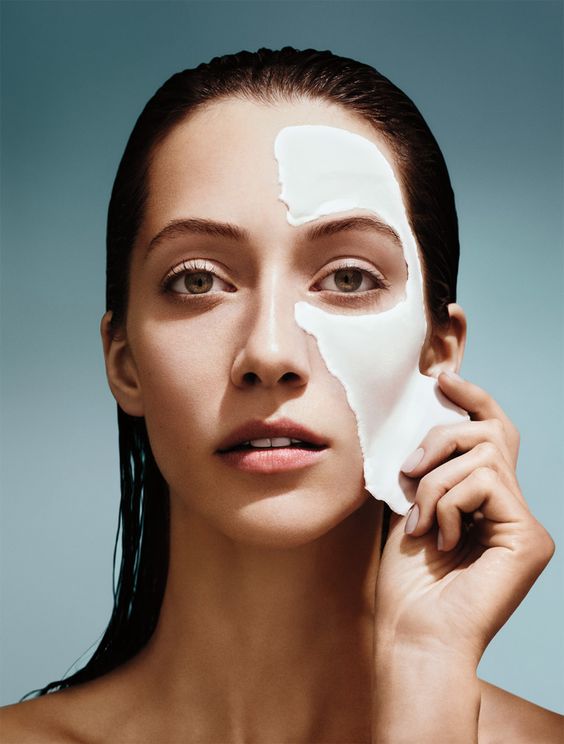
Chemical peels were first used in 1834, starting when carbolic acid was discovered by German chemist Friedlieb Runge. In the early 1900s, deep chemical peels (phenol peeling) were used to treat acne scars in New York by dermatologists and in 1960s, chemical peeling received its formal recognition in America after discussion in national meetings and following impressive results.
But prior to this, chemical peeling has already been used hundreds of years ago. Cleopatra used lactic and tartaric acid (in milk and red wine) to give herself mild chemical peels. We now know that sour milk and wine contain alpha hydroxy acids (AHAs) which are found in a range of over-the-counter skincare products and in professional treatments in clinics.
Chemical peels are extremely efficient treatments – they treat a variety of problems such as uneven skin tone, smoothens the skin by encouraging cellular renewal, removes fine lines and wrinkles, dark spots and even acne.
But chemical peels intimidate people, because peels are fundamentally acids and if applied incorrectly, can cause side effects or a redness that can last for months. Before you get a chemical peel in clinic or at home, here are a few things you should know.
1. Chemical peeling is essentially chemical exfoliation, unlike a scrub which physically exfoliates and has a gritty texture.

One of Cleopatra’s anti-aging favourites, sour milk contains lactic acid which causes the surface layer of skin to peel off, revealing smoother and clearer skin. Try a “lunchtime” lactic acid peel such as Milk Peel for an instant refreshed look.
Chemical peels work by exfoliating the uppermost layers of the skin so that new and healthier skin. Exfoliation is the perfect way to revive skin by removing dead skin cells and exposing newer and healthier ones. So don’t be alarmed if you find dry skin flaking off during the recovery process!
2. Have your skin in great shape and primed before a peel
Firstly, if you have skin irritation issues such as dermatitis, psoriasis or rosacea or any open wounds, you should seriously consider holding off that peel. Darker skin individuals should also have the peel done by a dermatologist rather than at home. Many peels do not require any preparation but the deeper peels do. Avoid any exfoliation or deep skin treatments such as microdermabrasion or skin lasers, laser peels at least 2 weeks before a peel. During this period, avoid tanning and limit sun exposure. Be gentle when waxing and do have any chemical hair removal (chemical depilatory) treatments 7 days prior. Ensure your skin is hydrated as dry skin peels less uniformly and heals less quickly. Any retinoid use should be stopped 1 week before the chemical peel treatment.
3. There are light “lunchtime peels” and there are also stronger peels
Common peels include salicylic acid, glycolic acid and lactic acid, while stronger peels can be a combination of peels (customized peels), trichloroacetic or phenol peels. Phenols are the deepest type of chemical peel, but these are not as frequently used because of its risks and since the invention of safer and highly effective fractional resurfacing lasers. “Lunchtime peels” are most popular today where the goal is not really to cause visible peeling but to create a more radiant canvas, improve collagen production and to reduce fine lines.
4. Chemical peels are not just for the face

Peels can be applied to parts of the body as well! In fact it is an effective treatment for acne and hyperpigmentation scars on the chest and the back.
5. Chemical peels are low risk and the secret to glowing skin

Know that beautiful complexion lies beneath your skin and a classic treatment such as the Glamour Peel reveals that. Chemical peels can lighten pigmentation such as melasma and ease acne breakouts. It peels off dull skin surfaces at a fraction of laser treatment prices!
By Megan Thomas
